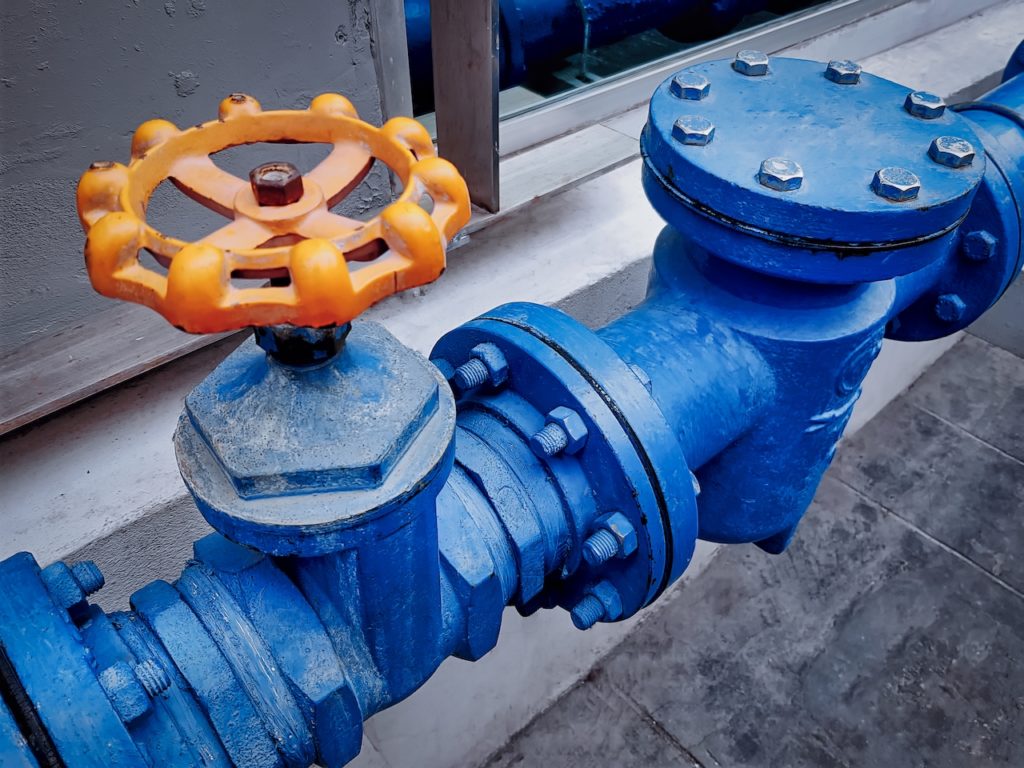Water scarcity is an increasingly pressing problem throughout the world. As populations grow and climate change continues to strain our water resources, it’s becoming harder to meet the demand for clean, safe water. In some parts of the world, access to basic drinking water has become a challenge—and it’s not just in developing countries.
Even countries with seemingly abundant water sources are facing potential shortages as demand continues to outpace the rate of replenishment. Agricultural irrigation, industrial processes, and domestic use all put a strain on our water resources.
Changes in Climate
Climate change has also had a major impact on water supply. Changes in weather patterns can lead to heavy flooding or droughts which can affect the availability of water in certain regions. Warmer temperatures also cause more water to evaporate from rivers, streams, and lakes—decreasing the amount of usable water.
As global temperatures continue to rise, we need to take steps to conserve our limited water resources. We can start by using less water in our homes through things like installing low-flow fixtures or switching to drought-resistant landscaping.
We must work together on a larger scale to protect vital watersheds and ensure that everyone has equal access to clean drinking water. Taking action now is essential if we want future generations to enjoy the same level of access as we do today.
Taking Care of Our Water Supply
Protecting watersheds is essential to ensuring that our water resources remain safe and accessible. There are a few key steps we can take to ensure that watersheds remain healthy and free from pollutants.
The first step in protecting watersheds is to reduce the amount of runoff pollution that reaches them. This can be done by limiting fertilizer, pesticide, and other chemical use in agricultural areas near rivers and streams.
Implementing sustainable agriculture practices such as crop rotation or planting cover crops can also help reduce runoff into nearby water systems.
We must also take care to manage land use activities around watersheds to prevent erosion and sedimentation. This includes minimizing deforestation, preserving wetlands, and controlling construction activity near rivers or lakes. Additionally, we should strive to maintain natural flow patterns in waterways with things like fish ladders and stream restoration projects.
Finally, we need to be mindful of how our wastewater is disposed of so as not to pollute our water sources. We should ensure that all wastewater is treated before being released back into the environment.
Investing in technologies such as green infrastructure can help minimize the number of pollutants entering our waters while also providing many other benefits for our communities.
We must also strive for better management of our existing resources so we can use them responsibly without depleting them too quickly. This includes conserving wetlands, practicing sustainable farming, and protecting our sources of fresh water from depletion.
By taking steps to reduce our water usage and implementing sustainable practices, we can protect our water resources for the future. Doing so is essential if we want to ensure that everyone has access to clean and safe drinking water now and in the future.
Let’s be part of the solution and make sure that our planet’s most precious resource doesn’t run dry. Together, let’s keep our world healthy with plenty of clean water for generations to come!



